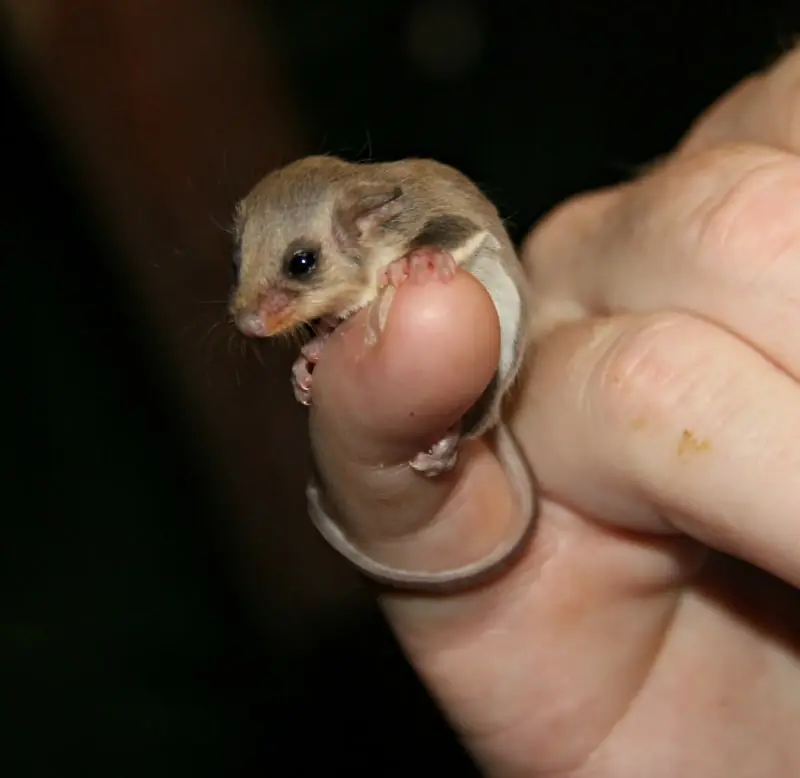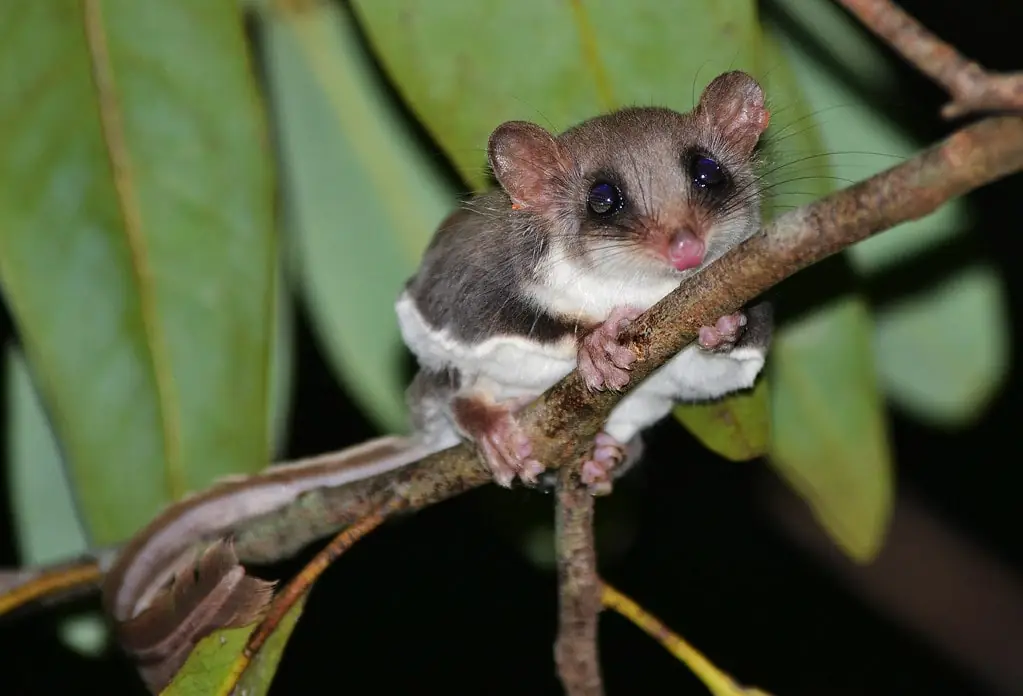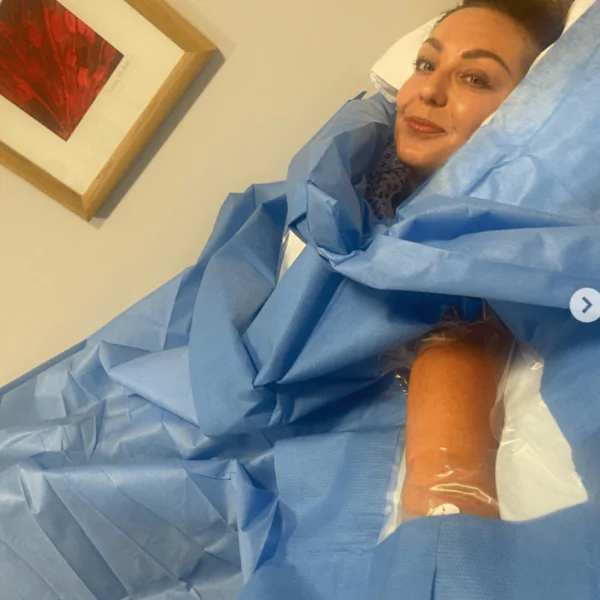There are many types of cute animals. Boop, a fluffy-tailed glider, is the smallest animal at the Australian Wildlife Warriors Zoo. Boop is an adorable creature that will steal your heart.

An animal named Boof is the cutest animal ever. It escaped from its mother’s pouch and was found weighing less than an ounce. There is no cuter baby animal than Boop. Bob will receive special care at the sanctuary while he awaits his return to the wild. These animals get their name from their flat tails, which are covered with stiff hairs that grow horizontally from both sides to the tip. When moving through trees, the tail is used for steering and braking.
They appear to be the only mammals with feathered tails. The tail is 7 to 8 cm long and looks like bird feathers. This little glider weighs about 10-15 grams when fully grown. As a result, they can avoid detection when threatened or be fooled by mice when let in by cats.

Small marsupials called tail planes hibernate in cold weather or when food is scarce. Feather gliders have light cream to white fur on their undersides and gray and brown backs. In this case, the animal’s breathing slows down and it loses consciousness for a short time.
The folds of skin that extend from the elbows to the knees of this glider act as a gliding membrane. Extending your glider allows you to travel long distances. Feather gliders live in trees and feed on nectar, pollen and insects.
It floats in the air to get from one tree to another when needed. When you jump from a tree with your legs straight, the skin between your front and back legs expands like a parachute, helping you slide. The flat tail of this little possum contributes to its ability to slide, turn, brake and lock on land.

Kestrels use their gliders to stay above the treetops and avoid large predators on the ground. They usually glide only 45 feet, but once glided they can reach up to 90 feet. Up to 5 glider flights per hour are possible.
Feather gliders have legs that look like frog legs, but with hairs instead of scales and jagged grooves under the large pads on their toes that allow them to climb almost anything. Thanks to the many glands on the soles of their feet, these tiny gliders can climb up vertical windows, using surface tension to act as tiny suction cups.

They are found in eastern Australia, from northern Queensland to South Australia. These gliders can build nests anywhere, including old bird nests and banana bags, by lining the nest with leaves, feathers, and wood chips.
The nest is spherical with a diameter of 6 to 8 cm. Nests of palms, deer and tree ferns are common. They live in communal groups of 5 to 30 individuals in northern regions and breed throughout the year. In the south, this is done in spring, summer and late winter. In nature, they live for about 4 years. Both sexes are similar in size and appearance, except for the female’s pouch.

